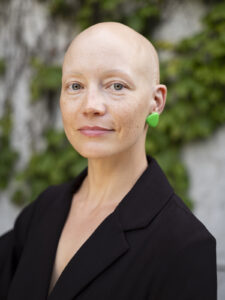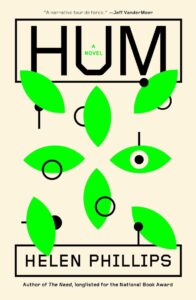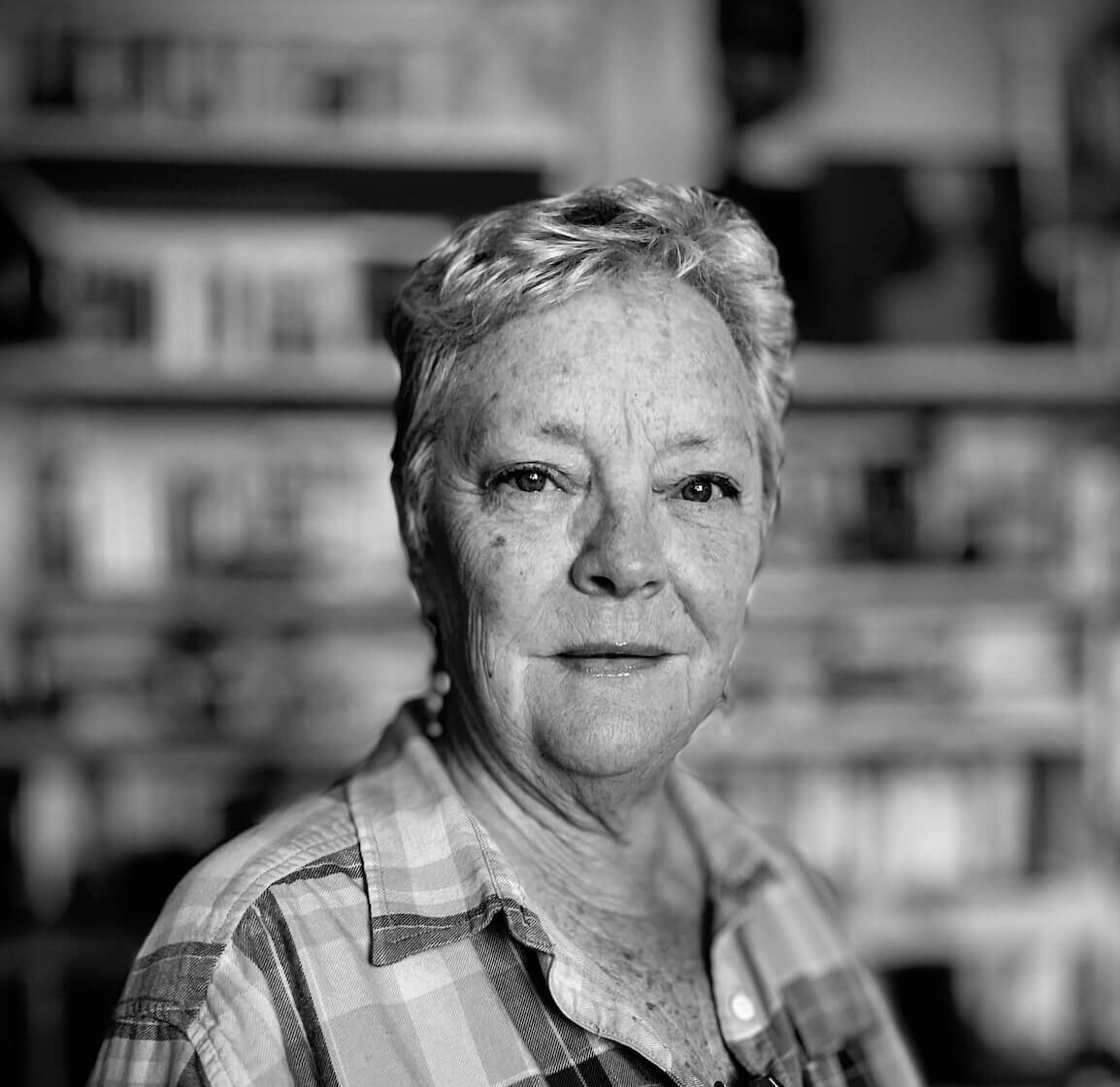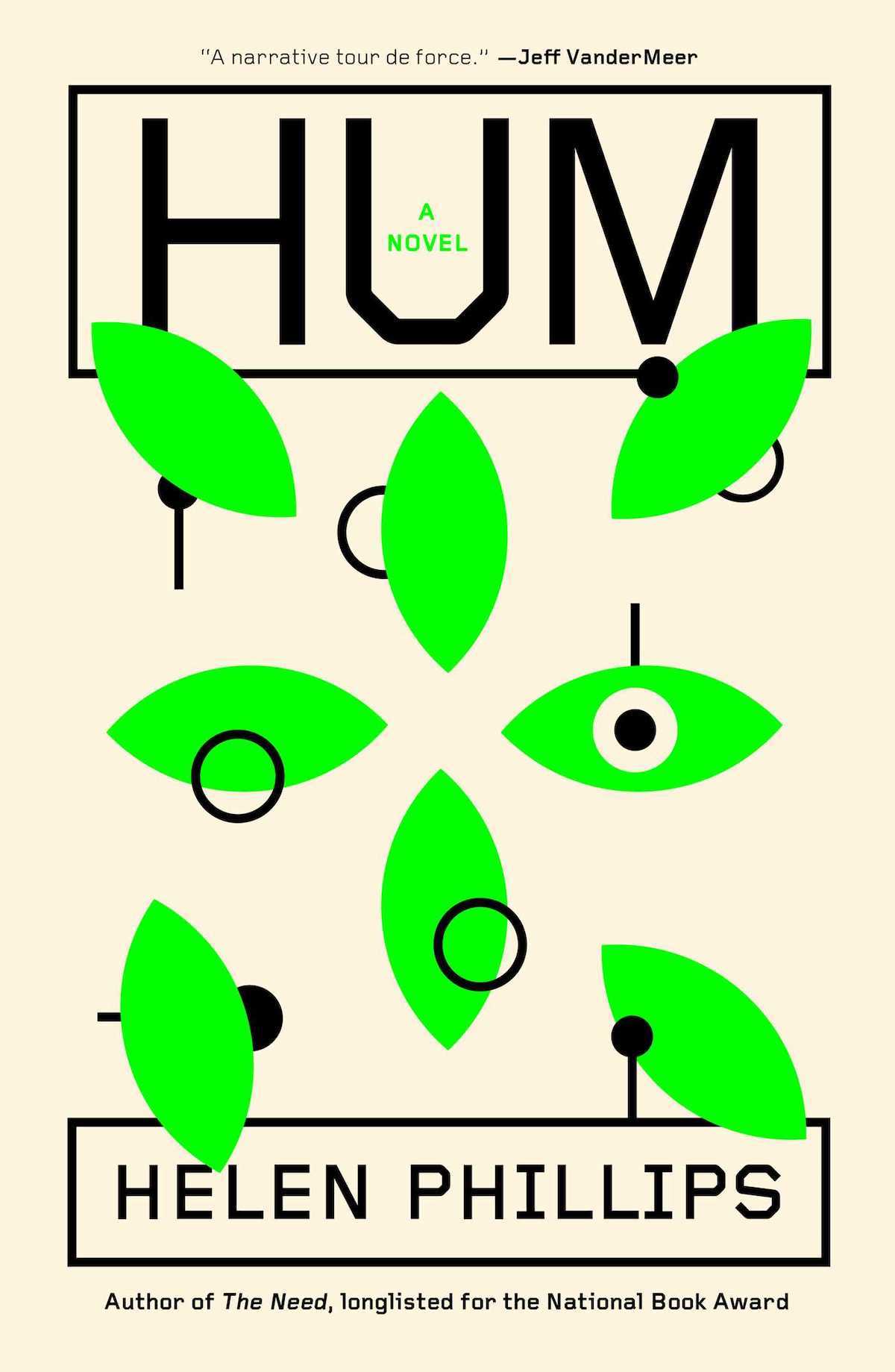Colorado born and raised author’s new novel explores a New York overrun by AI
A semi-dystopic near future feels too familiar in Helen Phillips’ novel, Hum
A semi-dystopic near future feels too familiar in Helen Phillips’ novel, Hum
Back in the spring I kept reading glowing previews of Helen Phillips’ new novel, Hum, at the top of many “most anticipated” lists alongside glowing reviews of her previous books, especially Need, longlisted for a National Book Award in 2019.
I pre-ordered Hum. Yes, on Amazon, for free and immediate delivery the day it was released.
After reading it, that kneejerk action, convenient and easy, has taken on new meaning that I’ll consider the next time I want a book.
Hum is the very human story of a mother trying to hold body and soul and family together in a near future in which humans have been stripped of meaningful work, replaced by artificial intelligence, particularly AI programmed robots called “hums” that basically run humans’ lives, anticipating their needs, wants and impulses. (Kind of like pre-ordering a much touted book on Amazon before it physically exists.)

Helen Phillips
The mother, May, has lost her job and the book opens in an operating theater where her face is being meticulously altered by a hum that treats her gently, with kindness. The surgery, for which May will be paid, is an experimental procedure designed to test the limits of facial recognition technology. The job May lost involved “[helping] refine and deepen the communicative abilities of artificial intelligence.” In New York, where May lives with her family, hums now attend to most tasks humans used to attend, except the most menial. And they’re really good at it.
Their annoying flaw is that they are tethered to commerce and generating profits and are, thus, programmed to make a sale at every opportunity. When May is leaving the office, the hum that performed her surgery asks if she’d like to buy rosehip and cucumber facial cream to help heal her incisions. Then, as she’s walking away, it lets her know she’d look better in her jeans with slouchy boots. Would she like to buy some? Only people with enough money can pay to turn off the hums’ constant sales pitches. May, except in her weakest moments, is well practiced at saying, “No.”
But with money from the surgery, an experimental procedure for which she’s paid the equivalent of several months’ salary, she quickly pursues a dream for her family: to spend three nights at the Botanical Garden in the city, one of the last remaining “natural” settings, complete with trees and flowers, birds and wildlife—a desirable and very expensive getaway.
She wants her kids to experience what she experienced as a child, now just a memory. From the first page of the book, we’re aware of the significance of that memory:
“She had twice endured childbirth by imagining her way out of the body, into a forest of her childhood, a faint path weaving among evergreens. But now the forest of her childhood was receding even in her memory. She needed to picture some other forest, not that particular forest, which was gone, burned.”
A page further in, we learn the forest of May’s memory was in the Rocky Mountains. The memory of paths among evergreens remains tender, “[t]hose paths she had walked daily from the time she could walk until she was eighteen years old.” No coincidence that Phillips, May’s creator, now living in Brooklyn, was born and raised in Colorado.
May’s wish for her children is not uncomplicated. She wants them to go to the Botanical Garden without their devices. The children constantly wear devices on their wrists called Bunnies that track their every movement and organize their lives; Jem and May’s phones are portable brains, secretaries, accountants, administrative assistants, companions and personal shoppers. At home, all four spend hours each day in their personal “wooms,” egg-shaped pods where they can retreat and be soothed by images, music, porn, videogames—customized escape rooms for each individual and their unique stresses.
May’s phones are portable brains, secretaries, accountants, administrative assistants, companions and personal shoppers. At home, all four spend hours each day in their personal “wooms,” egg-shaped pods where they can retreat and be soothed by images, music, porn, videogames—customized escape rooms for each individual and their unique stresses.
The deviceless family arrives at the Botanical Garden and enjoys a day and night of relative bliss until things take a turn. From here, you’ll have to read Hum for yourself. I won’t reveal any further plot points except to say what happens to May and Jem and their kids turns out not to be predictable.
Besides Phillips’ intelligent, elegant prose, the remarkable thing about Hum is how recognizable these near future experiences are to the reader, how easily we’re drawn into this partially familiar world and even inhabit it with some affection. Phillips’ gentle, even tone amid chaos and frightening turns of events, and the omnipresence of the sleek and shiny hums, on whom we can rely, lull us but make us think. How will we respond when we are in a similar situation in the not-too-distant future?
Hum is only partially dystopian, investing much of its wisdom and insight into the human drive to love and preserve and protect, whether it’s through dinner at home or a spontaneous day off with the kids or a trip to the Botanical Garden. All is not well but all is not lost.
Readers, like May, can’t escape the comfort offered by hums despite the invasiveness of their constant presence. They are more beings than mere machines. When May saw her first one, years before the events in the book, she thought it was a piece of modern sculpture that she admired. By the time she loses her job and embarks on the Botanical Garden adventure, hums are everywhere and their physical aesthetic has become part of the cityscape. Clearly, Phillips wants to explore the idea that hums and humans can co-exist with adaptation.
After all, humans created them, even sharing the first three letters of their name. To hum is mechanical, a signal that a machine is hard at work; and it’s human, the thing we do when we’re not thinking too hard, or when rocking a baby in our arms.
Click here for more from Kathryn Eastburn.

